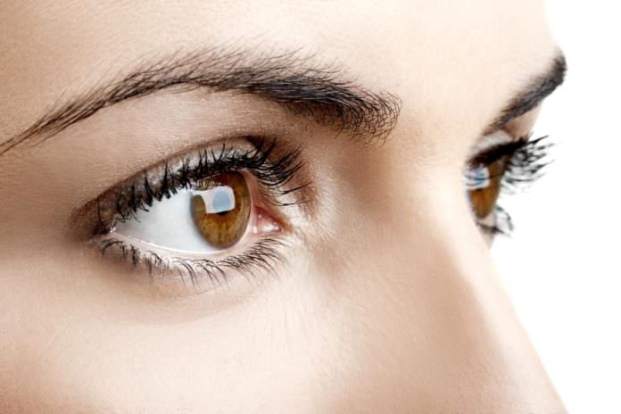Categories
- Bariatric Surgery (11)
- Black Fungus (5)
- Bone Marrow transplant (3)
- Brain Tumor Surgery Navigation Technology (20)
- Cardiac Surgery (66)
- Cardiology (97)
- Computer navigation technology for joint replacements (20)
- Covid Vaccination (17)
- Critical Care (2)
- Dental (19)
- Dermatology (31)
- Dialysis Support Group - “UTSAAH” (11)
- Dietitian (33)
- Emergency Medicine (4)
- Emotional Health (11)
- Endocrinology (33)
- ENT (20)
- Gastroenterology and GI Surgery (53)
- General and Laparoscopic Surgery (21)
- General Surgery (4)
- Gynecology & Obstetrics (183)
- Hematology (20)
- Internal Medicine (294)
- Kidney Transplant (50)
- Kidney Transplantation (20)
- Lung Cancer (8)
- Minimal Invasive Surgery (1)
- Mother & Child (20)
- mucormycosis (5)
- Nephrology (61)
- Neurology (147)
- Neurosurgery (68)
- Nutrition and Dietetics (107)
- Omicron Variant (1)
- Oncology (288)
- Ophthalmology (10)
- Orthopaedics & Joint Replacement (86)
- Paediatrics (59)
- Pediatric Nephrology (3)
- Physiotherapy (5)
- Plastic & Reconstructive Surgery (6)
- Psychiatry and Psychology (90)
- Psychologist (28)
- Pulmonology (72)
- Rheumatology (13)
- Spine Services (21)
- Transradial Angioplasty (16)
- Urology (84)
Query Form
Posted on Apr 19, 2022
Can eye lasik surgery cause Glaucoma?
The surgery involves reshaping the cornea the clear outer layer of the eye, to develop visual acuity and provide an alternative to eyeglasses or contact lenses. Although it is rare to develop glaucoma as a result of lasik individuals who are at risk of developing glaucoma or already have glaucoma require special considerations before, during and after surgery.

In addition, those individuals with nearsightedness are more likely to have an increase in eye pressure (IOP) with steroids, which are routinely used after eye surgery. Also, a family background of glaucoma increases the risk of developing glaucoma. Therefore, it is important to report any family background of glaucoma to the eye surgeon so that a thorough baseline glaucoma evaluation can be done and the best refractive procedure can be selected. During lasik surgery, a partial-thickness corneal flap is created and laser energy is used to reshape the corneal tissue under this flap. In order to stabilize the eye, the eye pressure is increased significantly during the formation of the corneal flap. It pressure elevation is temporary and may vary depending on the technique of the individual surgeon. Since high pressure may not be well tolerated when you have glaucoma or are at risk of developing glaucoma, this should be communicated with your doctor. Steroid eye drops are commonly used after lasik to reduce inflammation. Steroids can increase eye pressure which may lead to glaucoma therefore it is critical to monitor eye pressure carefully after surgery. However, this is not as straightforward as one might think. Laser vision correction for nearsightedness thins the cornea, which leads to underestimation of eye pressure with the current standard measuring tool. Refractive surgery is not prohibited for glaucoma suspects or glaucoma patients. With multiple options now available for refractive correction, both patients and physicians have more options. However, a thorough baseline evaluation is needed before surgery and careful monitoring for changes in eye pressure is critical after surgery.



